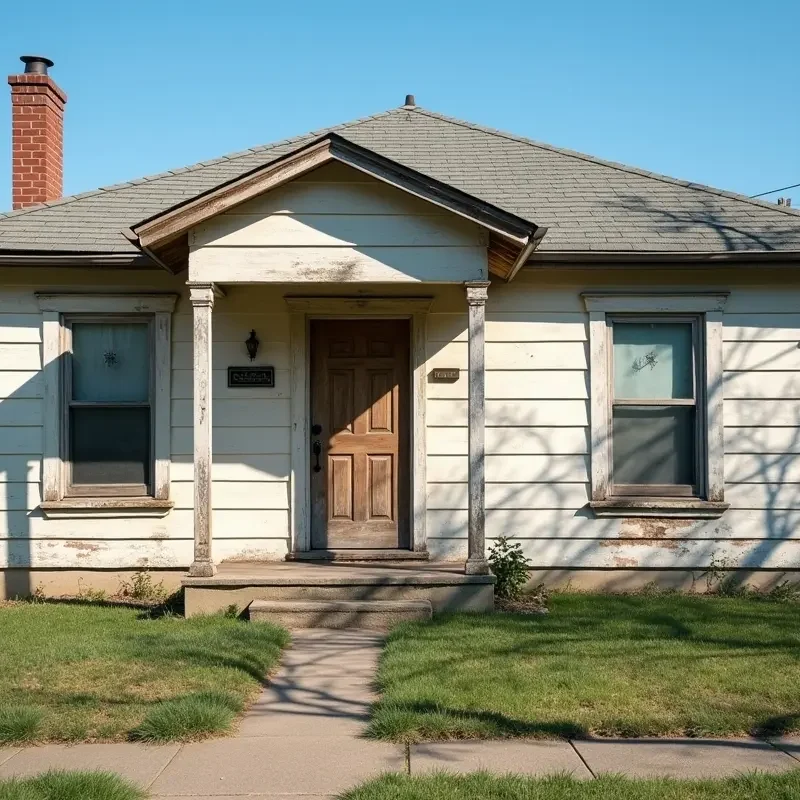Selling a house “as-is” can be a quick, stress-free, and potentially profitable option for investors or fixer-uppers. This approach involves offering the property as it is, with no minor repairs, and can be achieved through transparency, strategic marketing, and appropriate pricing. Clear steps and best practices can maximize the outcome.
Understanding As-Is Sales
As-is sales are straightforward, selling a house in its current condition without repairs. They attract investors and end-users, but transparency is crucial. Accepting a cash offer can help avoid financing obstacles and bank inspections. Professional buyers may purchase as-is homes quickly, providing a fair offer and avoiding the hassle of traditional sales.
Pricing Your Home Appropriately
Pricing is crucial in selling as-is homes, as buyers expect lower prices for work-related properties. Use a professional appraisal or comparative market analysis, research neighborhood sales, and adjust prices accordingly to avoid overpricing or underpricing.
Disclosing Known Issues
Full disclosure is crucial for sellers to inform buyers about potential issues affecting the home’s value or safety, such as foundation or roofing problems, outdated wiring, or mold. This not only boosts buyer confidence but also reduces legal risks. Maintaining detailed records and conducting pre-inspection can help identify potential issues.
Enhancing Curb Appeal
Basic curb appeal upgrades can boost a home’s sales price and generate interest without needing professional staging or significant investment. Trim overgrown plants, add potted flowers, sweep entranceways, and remove personal items or excess furniture. First impressions matter, so make these simple, inexpensive touches.
Marketing Strategies for As-Is Properties
A successful marketing campaign for an as-is property should emphasize transparency, opportunity, and customization. Explicit language, high-quality photos, and descriptions should highlight the property’s layout, unique features, location, lot size, and desirable aspects. Contact local investors, flippers, or buyers seeking sweat equity opportunities who may be ready to make a cash offer. Highlighting the potential for quick closing can further attract serious buyers.
Negotiating with Buyers
Negotiate with buyers, expecting discounts to offset repair expenses. Be open, consider your lowest price, and be transparent. Flexibility can help close faster, especially in tight timelines. Understand buyer goals for mutually beneficial deals. Fair terms and well-understood conditions can prompt quick closings, especially for cash offers.
Legal Considerations
Selling as-is doesn’t remove all legal responsibility—be sure to follow state and local disclosure laws, and include relevant contract language that specifies the sale is “as-is.” Consult with a real estate attorney or an experienced agent familiar with your area’s laws. Legal guidance ensures you aren’t left battling lawsuits or unexpected claims after the sale. According to Bankrate, navigating the legal requirements for as-is sales is crucial for a worry-free transaction.
Working with Real Estate Professionals
Real estate agents with experience in as-is sales can position your home, price it correctly, handle disclosures, and guide negotiations. They also have contacts with cash buyers and local investors, maximizing sale price and minimizing stress. This practical option is effective for homeowners.







